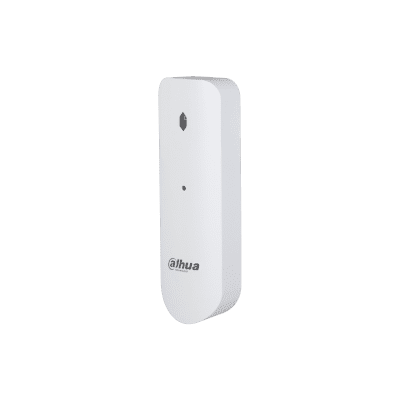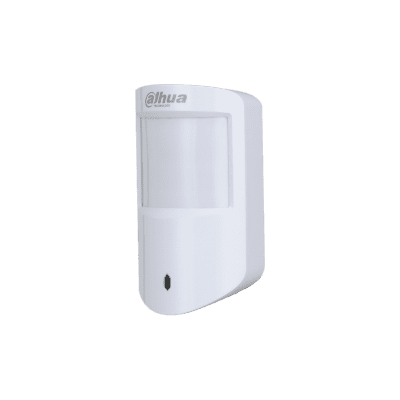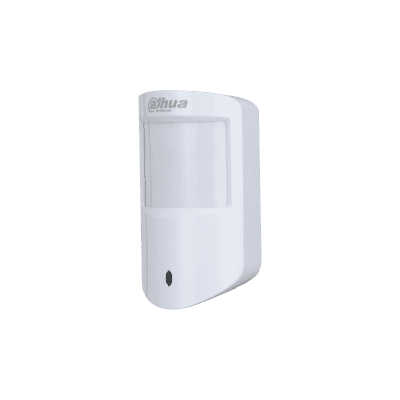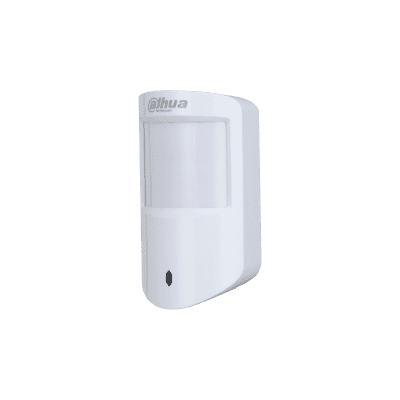Dahua Technology ARD512-W2(868) Wireless Glass Break Detector
Technical Specification
- Make: Dahua Technology
- Model code: ARD512-W2(868)
- Glassbreak Detectors: Yes
- Coverage/ Range m: Max. 9 m
- Power Consumption: Max. 150 mW
Detects when the glass is broken, triggering alarms for different types of glass such as tempered, double-glazed, laminated, wired, plate and float glass. Detects high and low frequency sounds at the same time, and uses algorithms to reduce the occurrence of false alarms. Two-channel alarm input. Cloud update and automatic recovery from update failure. The two-way wireless encrypted communication mechanism improves the security and stability of communication. With the wireless frequency hopping mechanism, the device auto matically hops to other available frequency bands when the original frequency band is being interfered with by other wireless radios, to ensure communication remains stable.
Read more| Make | Dahua Technology |
|---|---|
| Manufacturer | Dahua Technology Ltd |
| Category | Intruder Alarms>Intruder detectors |
| Model code | ARD512-W2(868) |
| Glassbreak Detectors | Yes |
| Coverage/ Range m | Max. 9 m |
| Power Consumption | Max. 150 mW |
| Mount Type | Surface |
| Indoor/Outdoor | Indoor |
| Electrical Specifications | Power Supply: 1 × CR123A battery |
| Physical Specifications | Dimensions mm: 107.8 x 34.5 x 24.8 |
| Environmental Specifications | Operating Temp oC: -10 ~ +55 C (14 ~ 131 F) |
| Additional info |
|
Related Whitepapers
Enhanced Ethernet Technology (ePoE)
HDCVI 3.0: Re-Empowering The Analogue Coax Infrastructure For Intelligent UHD Video
Market Report: Cannabis at a glance
One system, one card
DownloadEnhancing physical access control using a self-service model
DownloadAligning physical and cyber defence for total protection
DownloadUnderstanding AI-powered video analytics
DownloadHow to implement a physical security strategy with privacy in mind
Download






























